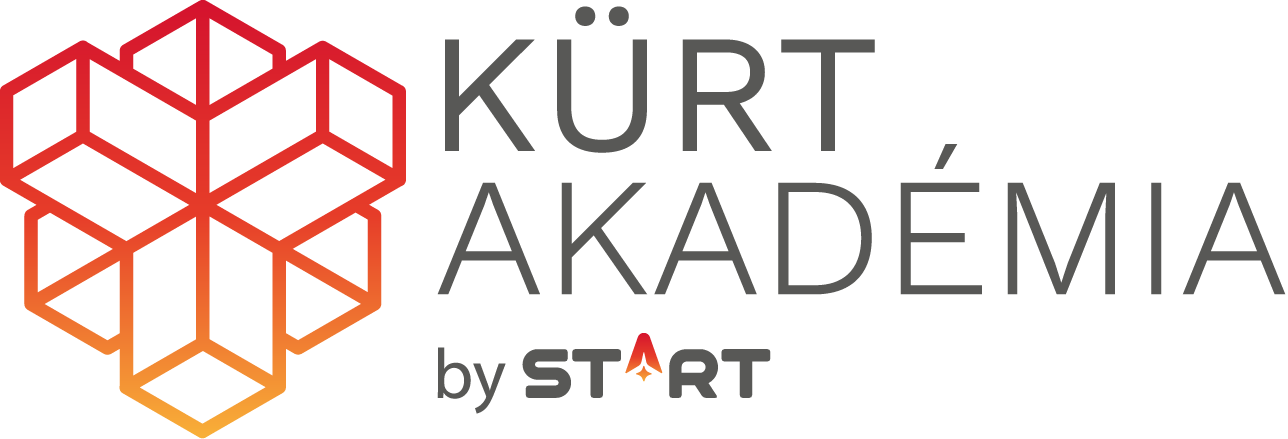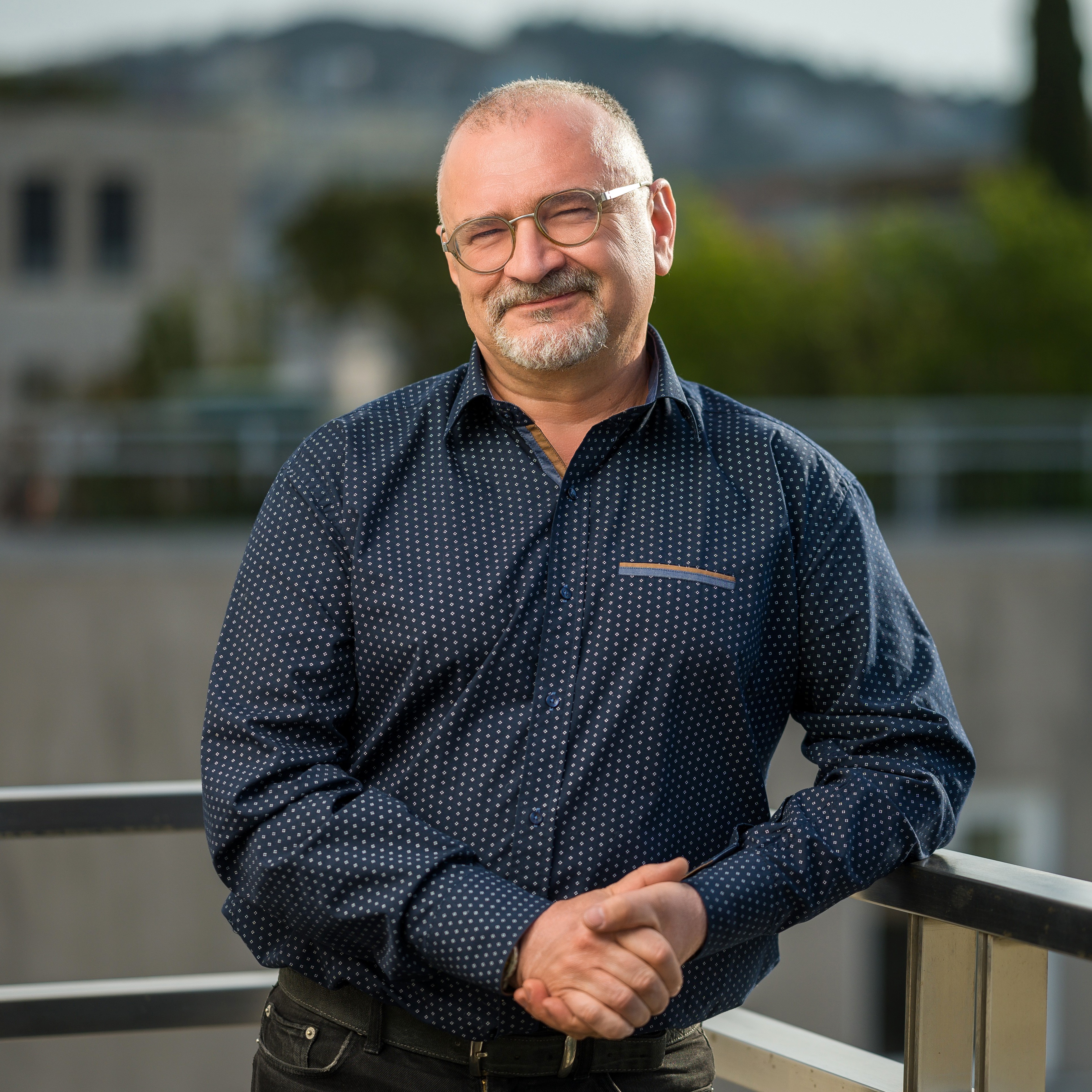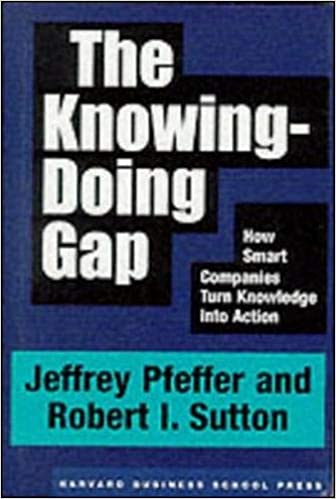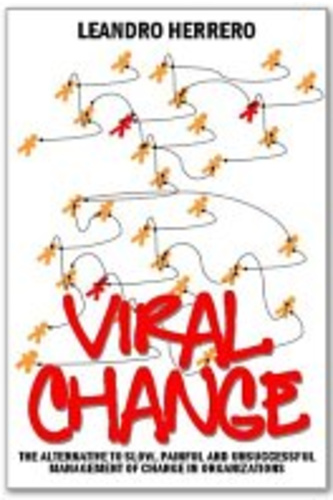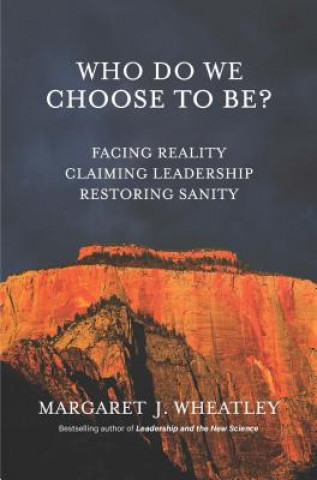Change Management
What does change management mean?
Change management ensures the sustainability of the organizations through the coordinated development of
- strategic goals,
- leadership,
- organizational behavior and culture
- and technology.
This means both managing the change process in a strong, flexible and conscious way, and supporting people to organize themselves creatively.
We do this by using change approaches that enable people to both identify with and adapt to change.
Effective change management also endures as a capability in the being, functioning, and identity of the organization. It becomes part of the culture, as members of the organization initiate and lead change, rather than fear and avoid it. Change leadership becomes a sustainable competitive advantage for organizations.
What challenges does change management address?
The need for change management can arise at several levels in an organization:
- To speed up operations by reducing escalation - upward delegation - to senior management, by strengthening empowerment and autonomy.
- It can ensure the sustainability of initiatives to reform operations, to mobilize the employees' energies.
- When the growth in organizational size and the increase in the complexity of tasks require a transformation of the operating model.
- In the context of acquisitions and mergers, developing and implementing a new performance management system and organizational operating model that fully exploits the opportunities.
- When introducing new frameworks of cooperation and management approaches that also lead to a change in organisational culture.
- When implementing new IT systems to increase user engagement, reduce integration costs and optimise implementation timeframes. In the process of building a new business model and organisation.
What are the main steps?
I. The situation and its interpretation– diagnosis
Stakeholder engagement to identify critical areas for future-proofing, such as: digitalisation, customer orientation, organisational culture, process and value stream efficiency, sustainability, resilient development. We will also identify operational bottlenecks, untapped opportunities and inspiring external and internal examples. A shared understanding of the situation will also mobilise a lot of energy to move forward.
II. An effective approach to change – design
We also surface, state or articulate the key issues and dilemmas of change and identify the skills and capabilities needed to meet the challenges. Together, we will articulate the desired directions and outcomes of change, building on which we will develop a change framework and process plan to support both managers and staff in critical transitions.
III. Complex support of the changes - actions
Through change support workshops, expert support, the delivery of new collaborative methods, and the development of individuals and teams, we help to strengthen the application of new approaches and tools, and to develop and embed breakthrough solutions.
We support and, where necessary, provoke leaders to see the situation and opportunities from a different perspective, building on which they can engage their teams, build resilience, resolve conflict and institutionalise change.
Broad stakeholder involvement is critical to the success of the change process, not only making it much easier to 'sell' change, but also mobilising organisational energies from the start and laying the foundations for transforming day-to-day operations.
IV. Evaluation
We work with an agile approach: we create learning through regular evaluation and feedback, flexibly shaping the next steps of the change process by incorporating experience. In this way, we ensure that organizations are not merely followers of environmental changes, but also flexible shapers of them, This can give them a competitive advantage.
Typical questions:
How do we deal with the ”soft” and the ”hard” side of the organisation?
At the same time, in parallel. Changes in the "soft side" (culture, people) can have the greatest impact on the development of the "hard side" (objectives, structure, processes, methods and systems), and the development of people can have a knock-on effect on the "hard" elements. These interactions should be consciously built upon when designing a change process.
This parallel approach will go a long way to changing the real hard nuts: people and culture.
Can resistance be prevented and how do we work with it when it does emerge?
We see resistance to change as a natural phenomenon. We do not seek to eliminate them. We seek to identify critical or resistant voices as early as possible, and to put doubts and remove fundamental obstacles in the service of change.
Some of the resistance to change can be reduced through accurate and timely communication, open dialogue on the issues behind the resistance and broad involvement of stakeholders in the development of the content and process of change.
We live in a world of constant change - so does it make sense to talk about change management separately?
Yes, indeed! This is why change management becomes a key competence at both individual and organisational level. In a rapidly changing environment, it is even more important to maintain the dual capability of the individual and the organisation: to be highly effective in serving current customers with current services/products, while constantly innovating your operations and services/products. A key question is how to incorporate into the core operations the methods and routines used for current change and newly learned ones for continuous change and "self-renewal".
Is it possible to initiate change without knowing at the beginning exactly where I want to go?
If the basis of the strategy is clear, the 4 Lighthouses - our identity, our vision, our mission and our core values - and the tension between the current outcomes and the strategy is clearly visible, then it is the task of change management to design and lead the search process that will lead to both the possible way of coping and the desired goal state. In a fast-changing environment, it is not the fixed long-term goal but a strong underlying mission and values, and a precise and sharp assessment of the situation, that set the direction and on which short-term change actions can be based. This experience also helps to continuously refine the direction of change.
Change leadership, support and monitoring - how do you determine which of these will be needed in a process?
What we as consultants can best help with depends on the specific situation and the current stage of the change process. For example:
- As facilitators we support the formulation of the strategy,
- as experts we guide the design and redesign of the change process.
- We also stand behind leaders as facilitators, supporting their methodological effectiveness and unblocking their stumbling blocks. Our goal is to help our clients become autonomous in the course of our collaborations in situations that were previously completely new to them.
WHO CHOSE US
-




Lidl
-




SPAR
-

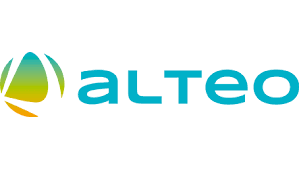


ALTEO
-




Schiller Autócsalád
-




WING
-

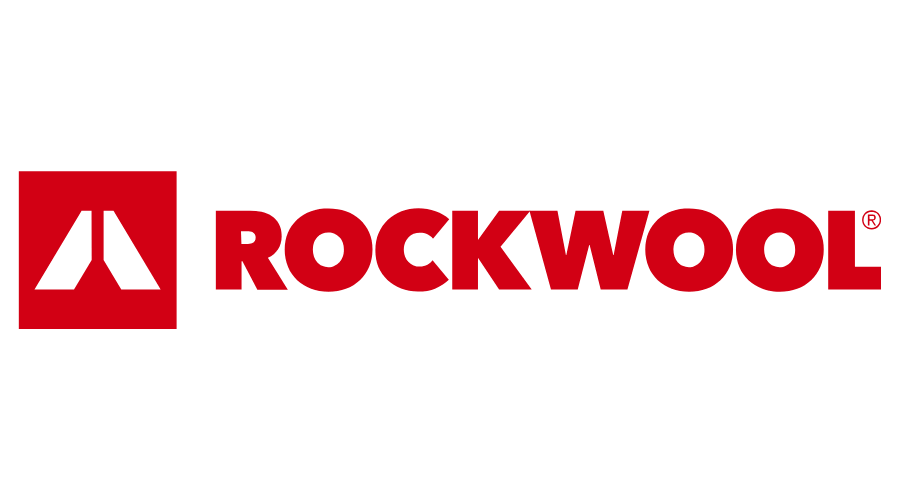


Rockwool
leírás
-




OTP Bank
-

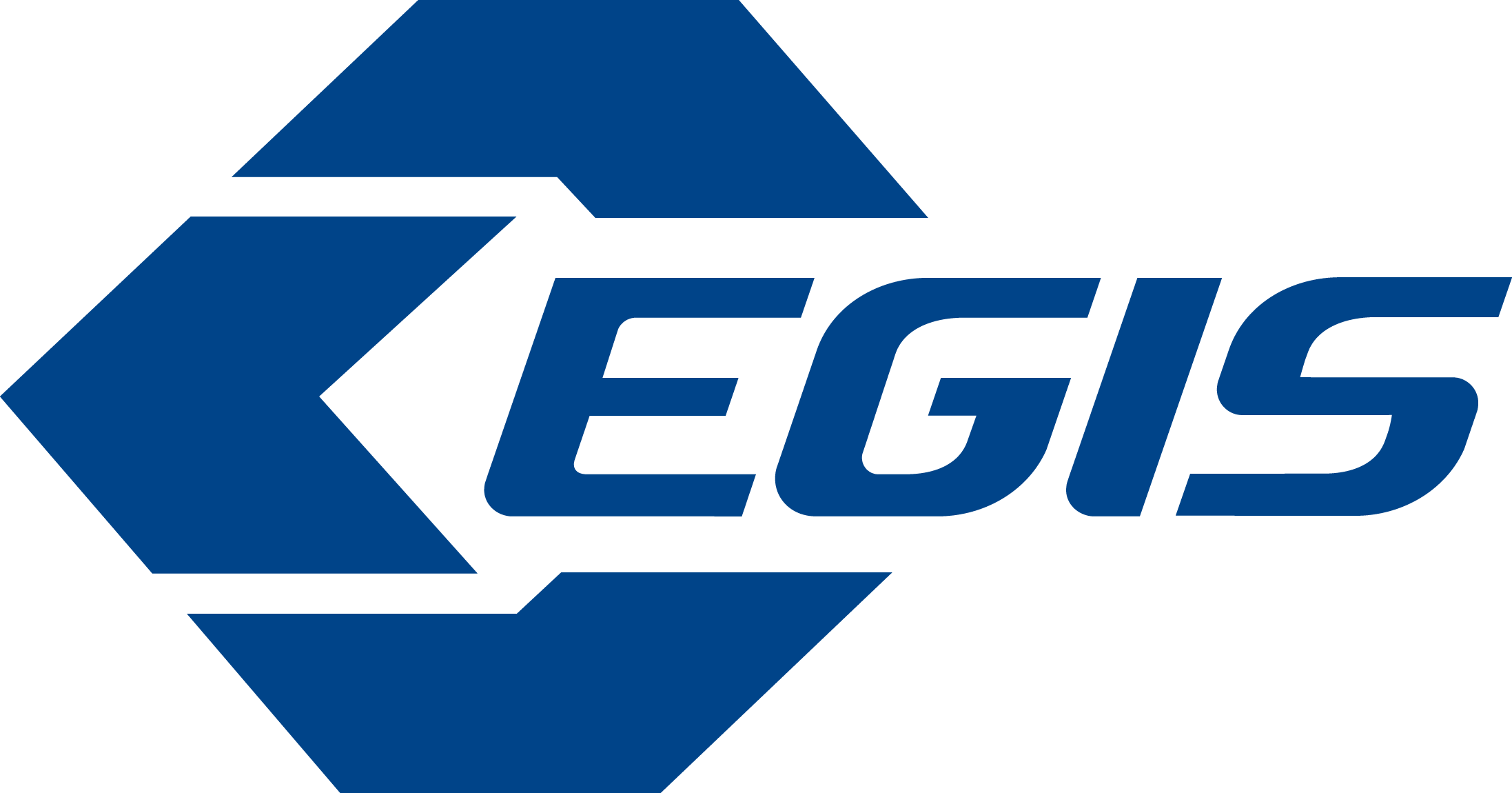


EGIS
-




Magyar Telekom
